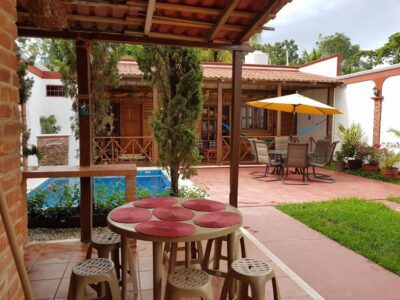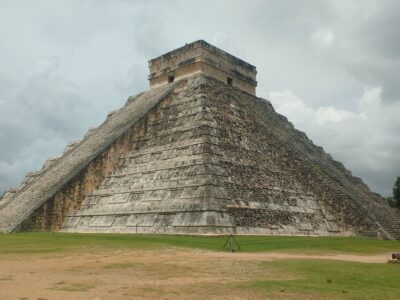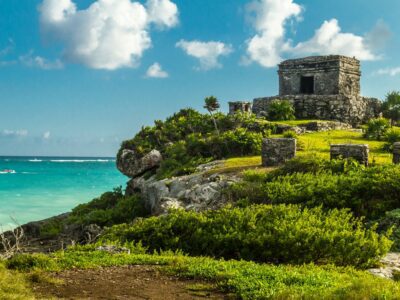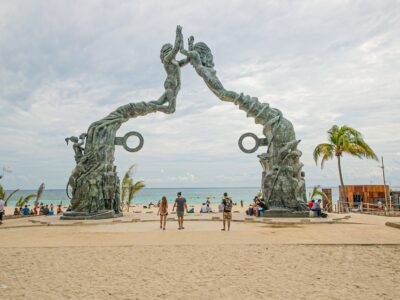Archaeological rescue work is being prepared in new federal projects, announces the director of the National Institute of Anthropology and History.
The archaeological rescue work that accompanies the construction of the Mayan Train will be completed in its entirety by May 2025. This was announced by Diego Prieto, director of the National Institute of Anthropology and History (INAH), during the visit to the Templo Mayor in the Historic Center of Mexico City, which reopened its entire route to the public, where visitors will be able to appreciate the shrines to Tlaloc and Huitzilopochtli.
“We have a deadline of December to have most of the things completed, but they will be extended in some areas, so we have another completion date for May of next year. We have already discussed it with the president and we are still working on it,” said the anthropologist about the work carried out by INAH specialists, through the Program for the Improvement of Archaeological Zones (Promeza), which is expected to cover at least six archaeological zones, depending on the budget that is granted to the institute under his charge for 2025.
Among the areas that will remain pending are: Balamkú, discovered in 1990, after a complaint of large-scale archaeological looting that left a frieze of great value exposed; Becan, registered in 1934, and characterized by its vertical architecture compared to other areas of the region; “El Hormiguero”, registered in 1933 and which has around a hundred pre-Hispanic structures and Mayapán, considered the last great capital of the Mayan culture in the Postclassic.
There are still six of the 10 museums that are planned, as well as the analysis of the objects recovered in all the excavations, are being fed into a “Digital Vault,” so that archaeologists and specialists can access a large amount of information that is thought to lead to research in the Mayan area for the next 30 years.
Land purchases will continue
Prieto also pointed out that the INAH plans to continue buying and/or seeking agreements with owners of land with archaeological value. As an example of what is pending, he mentioned the areas of Mayapán, Uxmal, and some parts of Chichén Itzá.
“The problem is that until a few decades ago we lived very well with agrarian centers. But as they become aware of the value of their heritage and territory, they raise the need to occupy the area.
“It is good that they do it, but there must be something in return. “Therefore, procedures have been carried out to discuss whether we resolve it through an agreed expropriation or if we resolve it with other types of agreements,” explained the official, who mentioned that an agreement was recently reached with the inhabitants of the communities of Ejido de Chablekal, which corresponds to the Dzibilchaltún area.
TYT Newsroom
The post Archaeological works on the Maya Train will be extended until May 2025: Diego Prieto first appeared on The Yucatan Times.














